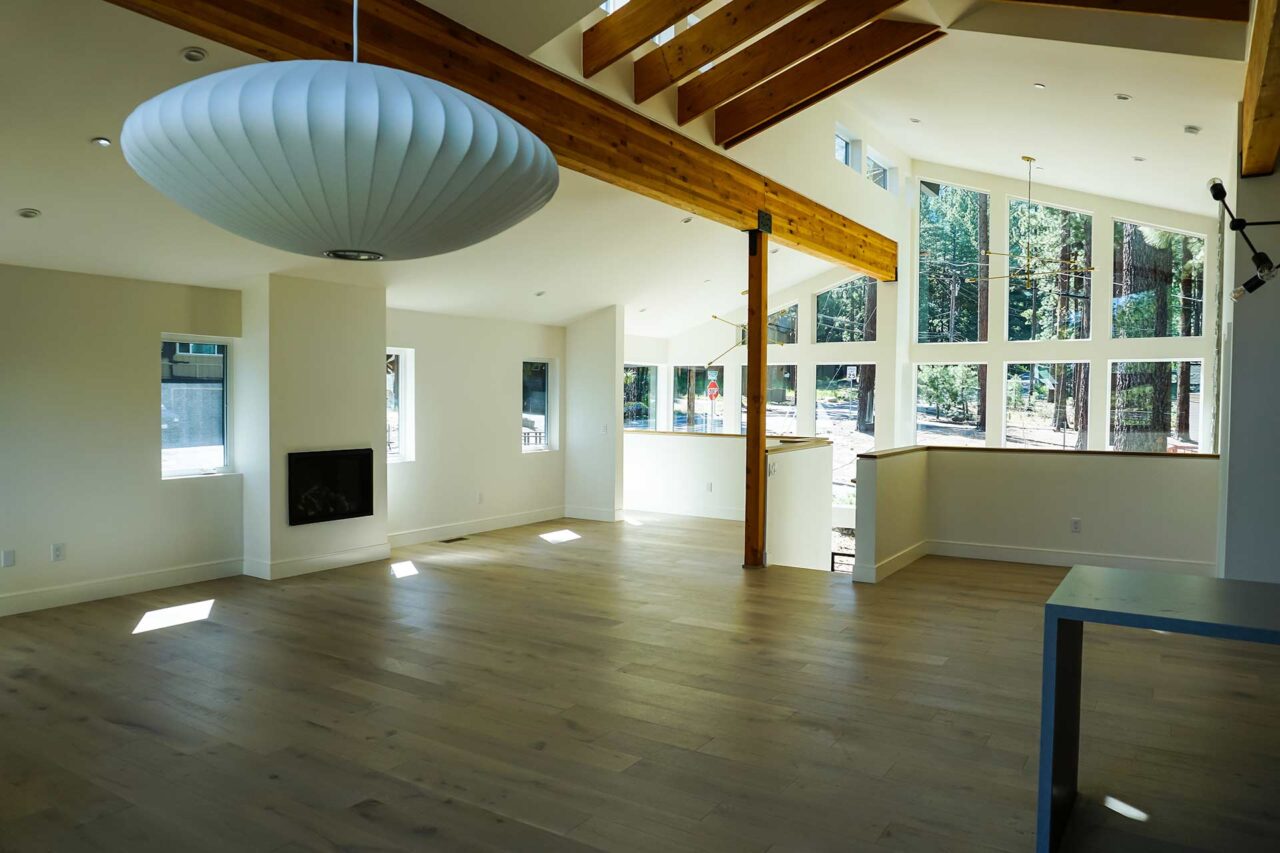Heat retention is simply the process of keeping heat in the building.
Heat is produced in buildings by many sources—both internal and external. Internal sources include body heat from occupants, lights, and equipment (televisions, computers, appliances, etc.). Retaining that heat, as well as supplemental heat, ultimately reduces the amount of additional energy required to maintain comfort levels.
The primary method of retaining heat is by insulating the building envelope (walls, windows, and doors).
The higher the thermal resistance (insulation), the less heat is transferred through the envelope. The building layout is also an important factor here since a building with a smaller ratio of exposed surface area to floor area will lose less heat to the environment.

Appropriate building systems and proper construction techniques create a tightly sealed building, which prevents heat loss through leaks in the building envelope. But a tightly sealed building also needs to be equipped with proper ventilation—to provide for fresh air without heat loss.
Passive solar heating is a simple system of collecting, storing, and redistributing solar energy.
Passive systems do not use panels, ducts, pipes, fans, or pumps. Instead, windows, walls, floors, and other building elements collect and store heat, adding little or no additional design cost, and eliminating much of the maintenance costs of mechanical heating systems.
One of the greatest advantages of passive design are the wonderful spaces created by bringing more sunlight into the building.
With passive systems, the solar collection system is a livable, usable space. Some of the passive heating strategies commonly employed include direct gain, collecting storage walls, wall convective loops, solar walls, and sun spaces.
Mechanical systems typically burn a fuel to produce heat in a central plant, which is then distributed throughout the building.
Active solar systems, which use sunlight to heat air or a liquid medium such as water, are also considered mechanical systems. Active solar systems usually consist of solar collectors, a storage system, and piping or ducts for redistribution. While pumps or fans, which are used to move the heat through the system, do require energy input, there is no burning of fuels and the total energy consumed is much less than the typical mechanical system. Another similar system is a ground source heat pump, a pump that draws existing heat from the earth or a body of water.
System efficiency is the ratio of heat gained to fuel consumed, which varies between systems and between different models of similar systems.



